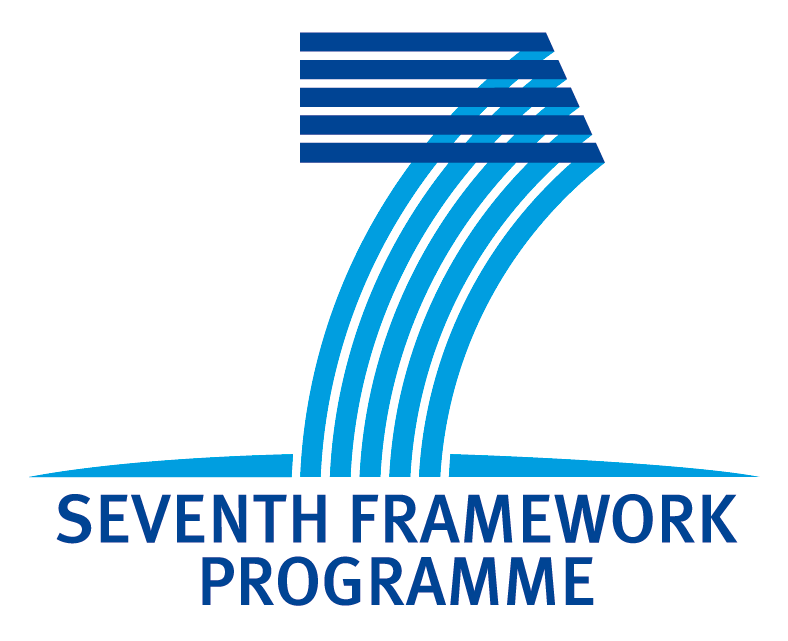 |
 |
Gerd Walz, Heymut Omran UKLFR – Universitaetsklinikum, Freiburg, Germany
|
Institute description
Recently awarded an elite graduate school, the University of Freiburg is now considered one of Germany’s leading institutions, particularly well known for its contributions to the life sciences. The university has a strong track record in developmental biology, facilitated by joint research projects between the Faculty of Medicine, the Faculty of Biology, and the Max-Planck-Institutes. Unique opportunities arise from collaborations with the newly founded Centre for Systems Biology, and the Faculty of Applied Sciences.
Group leader
Partner 3 combines the expertise of two nephronophthisis researchers.
Gerd Walz is Professor of Medicine, vice chair of the Department of Medicine, and co-director of the Centre of Systems Biology at the University of Freiburg. He has been interested in renal development and cystic renal disease for the last 12 years. His lab was the first to link the development of polycystic kidney disease to abnormalities of planar cell polarity (PCP) signalling and to characterize multiple protein-protein interactions that helped to define the function and trafficking of ciliary proteins. Using animal models such as genetically modified mice, Xenopus, and zebrafish in combination with in vitro systems such as inducible gene targeting, and micro-chamber based flow systems, he developed novel insights into the pathogenesis of cystic kidney disease. Together with Dr Heymut Omran (see below) Partner 3 was involved in the isolation and characterization of several nephronophthisis genes (nephrocystin-2, nephrocystin-3, nephrocystin-5, and nephrocystin-6).
Heymut Omran is Professor of Pediatrics, and the vice head of the Department for Pediatric Neurology at the University Hospital of Freiburg. His group identified the human gene responsible for adolescent nephronophthisis (NPHP3). In addition, he was involved in identifying NPHP4, NPHP5 as well as a novel X-linked recessive OFD1 variant.
Partner 3 will complement the model systems established by Partners 1 and 2, and establish novel genetically modified mice, Xenopus and zebrafish to be used by the consortium (WP1, 3, 5). Building on a long-standing experience in cell biology, Partner 3 will also provide in vitro systems that are amenable to rapid functional analysis (e.g. ciliary calcium signalling) (WP2). These model systems will be important to formulate or validate the involvement of BBS/OFD1/NPHP proteins in established signalling networks, and help to determine their subcellular trafficking (WP3). One specific focus of Partner 3 is the role of BBS/OFD1/NPHP in Wnt signalling (WP4). Here, Partner 3 will closely collaborate on the workpackages designed to define novel therapeutic strategies, and analyze their effects on down-stream cellular events such as autophagy (WP5).
Role in the project
G. Walz is Workpackage Leader for WP2 and WP4. His laboratory is also involved in WP1, WP3, WP5 and WP6.
Key personnel
| Name | Title | Gender | Role/Expertise |
| Gerd Walz | Group leader | M | WPL for WP2 and WP4 |
| Heymut Omran | Group Leader | M | Analysis of the functional role of nephrocystin-3 utilizing different targeted mouse |
Key publications
Sayer JA, Otto EA, O’Toole JF, Nurnberg G, Kennedy MA, Becker C, Hennies HC, Helou J, Attanasio M, Fausett BV, Utsch B, Khanna H, Liu Y, Drummond I, Kawakami I, Kusakabe T, Tsuda M, Ma L, Lee H, Larson RG, Allen SJ, Wilkinson CJ, Nigg EA, Shou C, Lillo C, Williams DS, Hoppe B, Kemper MJ, Neuhaus T, Parisi MA, Glass IA, Petry M, Kispert A, Gloy J, Ganner A, Walz G, Zhu X, Goldman D, Nurnberg P, Swaroop A, Leroux MR, Hildebrandt F (2006). The centrosomal protein nephrocystin-6 is mutated in Joubert syndrome and activates transcription factor ATF4. Nat Genet 38: 674-681.
Wegierski T, Hill K, Schaefer M, and Walz G (2006). The HECT ubiquitin ligase AIP4 regulates the cell surface expression of select TRP channels. EMBO J 25: 5659-5669.
Otto EA, Loeys B, Khanna H, Hellemans J, Sudbrak R, Fan S, Muerb U, O’Toole JF, Helou J, Attanasio M, Utsch B, Sayer JA, Lillo C, Jimeno D, Coucke P, De Paepe A, Reinhardt R, Klages S, Tsuda M, Kawakami I, Kusakabe T, Omran H, Imm A, Tippens M, Raymond PA, Hill J, Beales P, He S, Kispert A, Margolis B, Williams DS, Swaroop A, Hildebrandt F (2005). A novel ciliary IQ domain protein, NPHP5, is mutated in Senior-Loken syndrome (nephronophthisis with retinitis pigmentosa), and interacts with RPGR and calmodulin. Nat Genet 37: 282-288.
*Schermer B, *Hopker K, *Omran H, Ghenoiu C, Fliegauf M, Fekete A, Horvath J, Kottgen M, Hackl M, Zschiedrich S, Huber TB, Kramer-Zucker A, Zentgraf H, Blaukat A, Walz G, Benzing T (2005). Phosphorylation by casein kinase 2 induces PACS-1 binding of nephrocystin and tar-geting to cilia. EMBO J 24: 4415-4424. (*shared first co-authorship)
Kottgen M, Benzing T, Simmen T, Tauber R, Buchholz B, Feliciangeli S, Huber TB, Schermer B, Kramer-Zucker A, Hopker K, Simmen KC, Tschucke CC, Sandford R, Kim E, Thomas G, and Walz G (2005). Trafficking of TRPP2 by PACS proteins represents a novel mechanism of ion channel regulation. EMBO J 24: 705-716.

